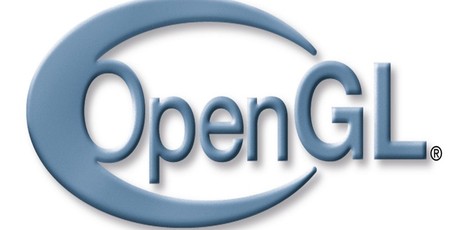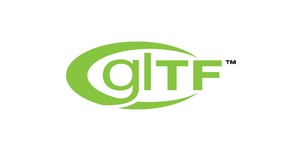Khronos Group launches OpenGL 4.6
August 1, 2017 | 10:55
Companies: #khronos-group #nvidia #the-khronos-group

The Khronos Group has announced the launch of the OpenGL 4.6 graphics application programming interface (API), which the working group's chair describes as 'the most feature rich version of OpenGL yet.'
Having last received a major update back in 2014, when the Khronos Group's OpenGL Working Group announced OpenGL 4.5 and teased the GLnext project which would give birth to the complementary low-level Vulkan API, the OpenGL API is a cross-platform alternative to Microsoft's rival Direct3D and Direct2D APIs. Originally developed for professional applications by Silicon Graphics, as a replacement for its IRIS GL, OpenGL quickly became the go-to API for 3D games until Microsoft launched Direct3D for its at-the-time new Windows 95 operating system. Since then, and following an abortive attempt to merge the two APIs under the codename Project Fahrenheit, the two have been competing blow-for-blow on performance and functionality.
'I'm proud to announce OpenGL 4.6 as the most feature-rich version of OpenGL yet. We've brought together the most popular, widely-supported extensions into a new core specification to give OpenGL developers and end users an improved baseline feature set. This includes resolving previous intellectual property roadblocks to bringing anisotropic texture filtering and polygon offset clamping into the core specification to enable widespread implementation and usage,' explains Piers Daniell, chair of the OpenGL Working Group at Khronos, of the latest release. 'The OpenGL working group will continue to respond to market needs and work with GPU vendors to ensure OpenGL remains a viable and evolving graphics API for all its customers and users across many vital industries.'
Among other features added to the OpenGL 4.6 specification is support for Standard Portable Intermediate Representation (SPIR-V) shaders - previously only available through extensions or as part of the Vulkan and OpenCL specifications. Using SPIR-V, programs can be created in an intermediate form for ingestion by Vulkan, OpenCL, or now OpenGL without modification, and shader load times are reduced to boot. Additional features include new parameters for reducing the CPU overhead associated with batch geometry rendering, a transform feedback overflow query call matching that used in Direct3D, IP-unencumbered native support for anisotropic texture filtering, a fix for light leaks in rendered shadows, new shader intrinsics to boost performance and functionality, and lowered driver overhead through a 'no-error' call which disables error generation.
Nvidia has confirmed the availability of OpenGL 4.6 drivers on its developer portal for immediate use though is silent on consumer availability. The specification itself, meanwhile, is available on the official website.

MSI MPG Velox 100R Chassis Review
October 14 2021 | 15:04








Want to comment? Please log in.